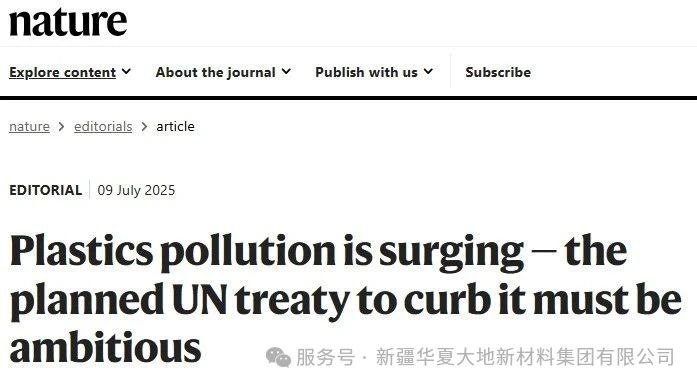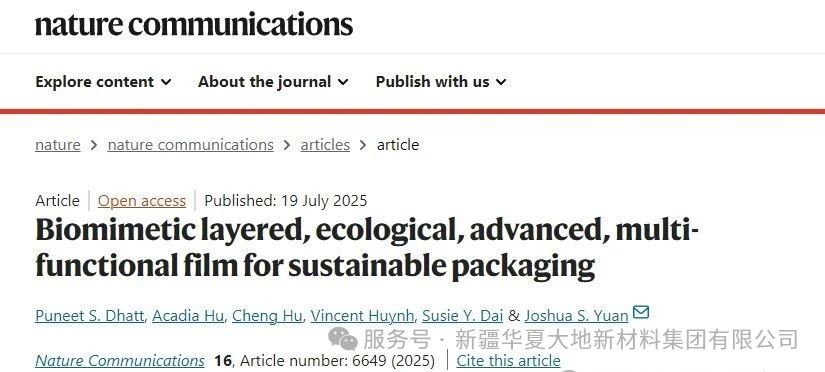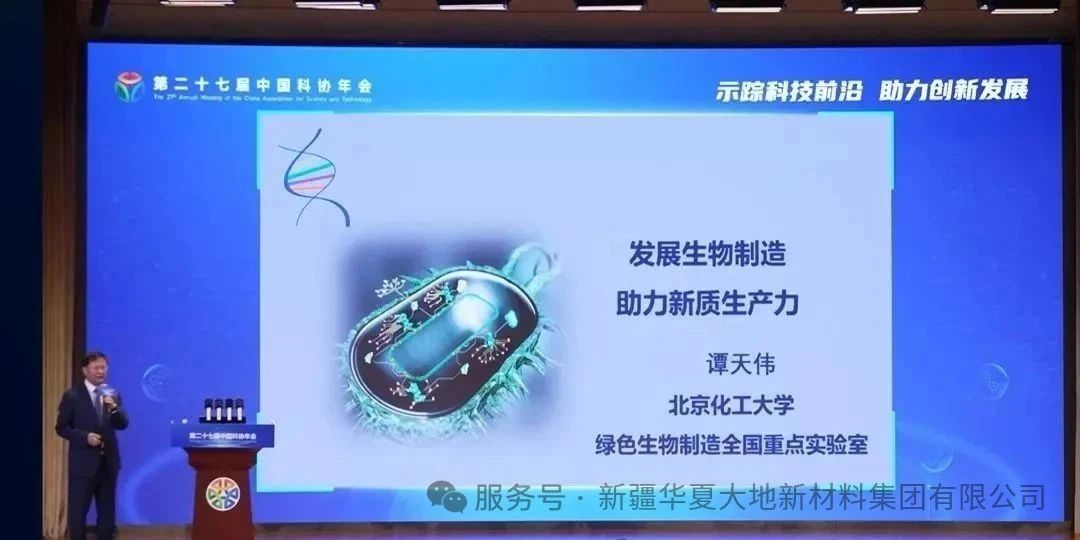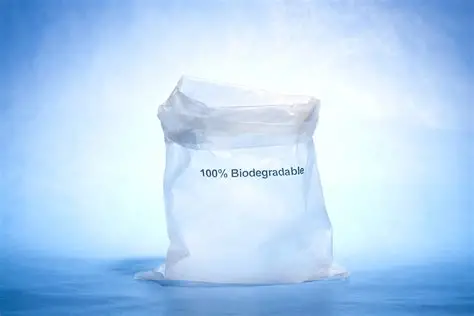What on earth is PLA that you use every day?
Have you ever wondered that the milk tea straw in your hand, the takeout box, and even the clothes you wear might all be hiding an "eco-friendly little genius" - PLA? This word, which sounds like a code and also like an abbreviation, is actually closely related to our daily lives. Today, let's uncover the mystery of PLA and see why it is called "the future of green materials".
What is PLA? From its name to its essence:
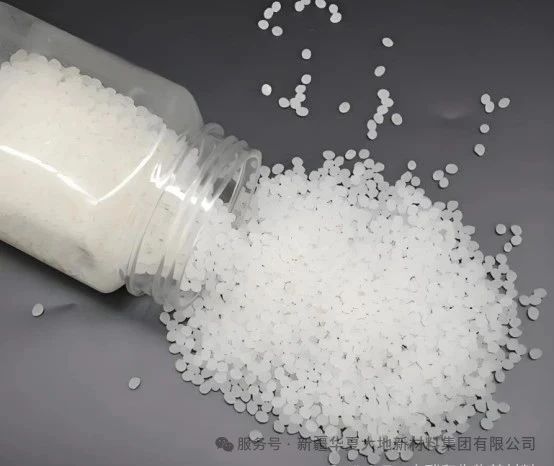
The full name of PLA is Polylactic Acid, which is a biobased plastic made from natural renewable resources. Unlike traditional plastics (such as PE and PP) that come from non-renewable fossil resources like oil and coal, the "birthplace" of PLA is quite "down-to-earth" - it is mainly produced by fermenting and polymerizing plants rich in starch such as corn, sugar cane, and cassava.
In simple terms, traditional plastics "come from the ground", while PLA "grows from the soil". This difference in raw materials gives PLA its "environmental-friendly gene" from the very beginning of its existence.
Why is PLA called the "green new star"?
In today's era where environmental issues are becoming increasingly serious, PLA's ability to stand out is not due to the gimmick of being "derived from plants", but rather because of its genuine performance advantages:
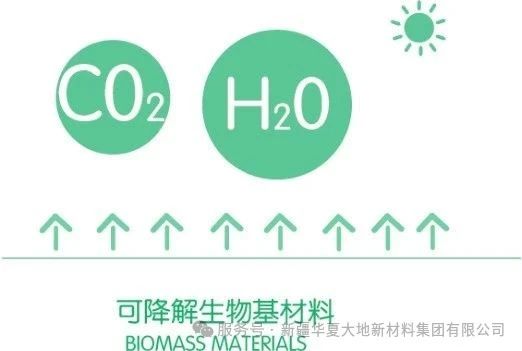
1. The raw materials are renewable, reducing "dependence on fossil fuels".
The production of traditional plastics relies on petroleum, which not only consumes non-renewable resources but also generates a large amount of carbon emissions during extraction and processing. However, the raw material of PLA is crops such as corn and sugar cane. As long as they are planted reasonably, they can be recycled, reducing the dependence on fossil energy at the source and lowering the "carbon footprint".
2. Biodegradable, saying goodbye to "permanence for a thousand years"
This is the core strength of PLA! Traditional plastics may take several hundred or even thousands of years to degrade in the natural environment, and they can also cause microplastic pollution to the soil and the ocean. However, PLA, under industrial composting conditions (with a temperature of 55-70°C, appropriate humidity, and the participation of microorganisms), can decompose into carbon dioxide and water within 6-12 months, returning to the natural cycle and avoiding long-term pollution.
3. More carbon-efficient production process
Compared to traditional plastics, the production process of PLA consumes less energy and emits less carbon. Data shows that the production of PLA can reduce approximately 68% of energy consumption and 50% of carbon emissions compared to traditional petroleum-based plastics, making it quite friendly to the "greenhouse effect".
Where does PLA hide in your life?
Don't think that PLA sounds "high-tech". In fact, it has long quietly integrated into our daily lives:
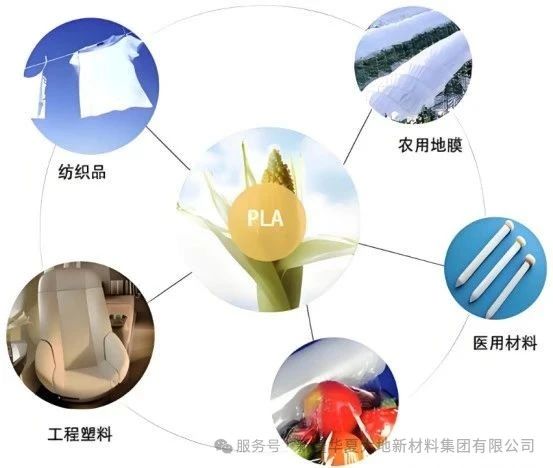
Packaging sector: Milk tea straws, takeout food containers, disposable water bottles, food packaging bags... Many disposable items labeled as "biodegradable" use PLA as their raw material.
Textile industry: Fabrics made from PLA fibers are soft, breathable, and have good skin-friendliness. They are often used to make underwear, T-shirts, baby clothes, etc. They are comfortable to wear and environmentally friendly.
Medical field: PLA has excellent biocompatibility and is used in medicine for manufacturing surgical sutures (which can naturally degrade in the body and do not require removal) and drug sustained-release carriers, etc.
3D Printing: PLA material has a low melting point and is easy to shape, making it a favorite among 3D printing enthusiasts. It can be used to print everything from models to practical small items.
How far can PLA go in the future?
As a representative of biobased degradable materials, the development prospects of PLA are widely optimistic. With the advancement of technology, scientists are striving to overcome its shortcomings: such as improving its heat resistance and strength through modification, developing more efficient degradation technologies, and exploring the use of non-food crops (such as straw, forestry waste) as raw materials to reduce reliance on arable land.
Meanwhile, various countries are also promoting the application of PLA through policies, such as restricting the use of traditional disposable plastics, subsidizing the industry of degradable materials, and improving the compost recycling system. In the future, we may see more PLA products entering people's lives, from packaging to clothing, from healthcare to industry, truly achieving "green substitution".
Environmental protection is not only about "materials", but also about "actions".
The emergence of PLA provides a new solution to plastic pollution, but it is not the only answer. True environmental protection not only requires technological innovation, but also requires the participation of each of us: refusing excessive packaging, reducing the use of disposable items, doing a good job of sorting garbage... After all, the best "environmental protection material" is "using less materials".
Next time when you pick up a product labeled "PLA" or "biodegradable", please take a moment to learn more about it and assume more responsibility. Let's join PLA in helping to lighten the burden on our planet!


